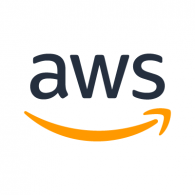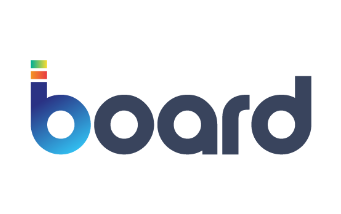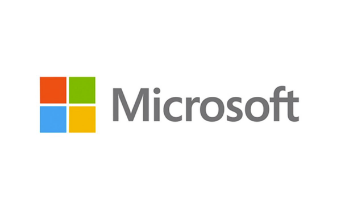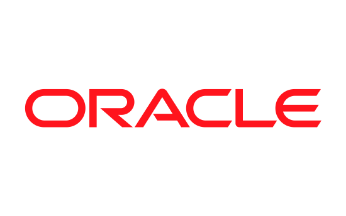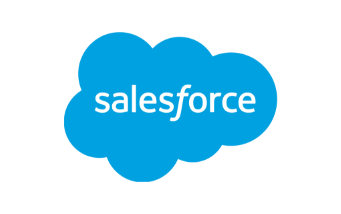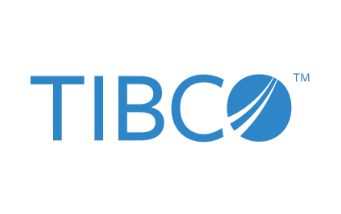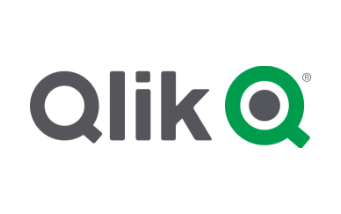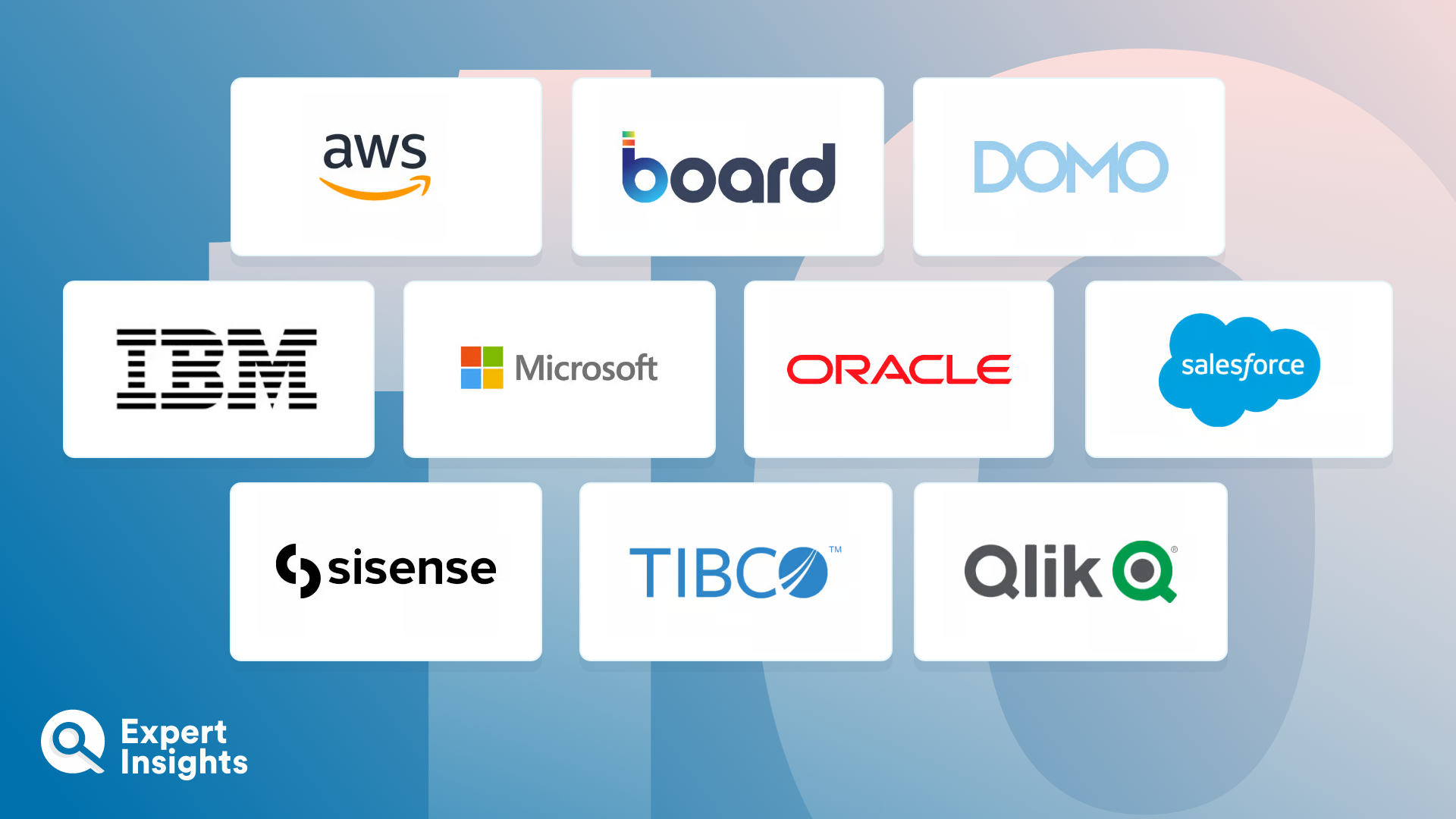Cloud Analytics Solutions: Everything You Need To Know (FAQs)
What Are Cloud Analytics?
Cloud analytics collates, stored, and analyzes data in the cloud in order to discover actionable business insights. Cloud analytics algorithms can be applied to mass amounts of data in order to find patterns and trends, predict potential future outcomes, and process and deliver any pertinent findings that may benefit an organization.
Cloud analytics serves as the cloud counterpart to on-premises data analytics solutions. On-premises data analytics require business to house and maintain their own data centers, which is expensive and difficult to scale. Cloud analytics solutions are more cost effective, offer more flexibility for users and are more scalable.
There are several different types of cloud analytics tools available. These include:
- Sales Analytics: These tools analyze sales data to uncover insights around sales performance and potential trajectory. This proves useful in identifying trends, tracking sales, and offering insights so teams can enhance and optimize their sales strategy.
- Performance Analytics: These tools aggregate and analyze a wide range of data, including sales, production, website performance, and more. They will analyze key performance indicators, such as KPIs including ROI, in order to find ways businesses can optimize performance. It essentially offers valuable insights into your company’s overall performance, including backend, frontend, and network and related statistics.
- Financial Analytics: These tools are used to discover revenue and expense trends, track financial accounts, set financial goals, lead and referral tracking, provide predictive analytics, and more. This data is integral for financial companies, such as insurance agencies, investors, banks, and so on.
- Website Analytics: Website analytics tools track and monitor your website traffic, including aspects such as conversion rates, bounce rates, time spent on page, demographic of users, and more. This data can be leveraged so companies can target their content, improve user experience, and inhibit growth by adapting the site around this data.
A subset of cloud analytics includes cloud infrastructure analytics. This subset focuses on analyzing data within your IT infrastructure, either in the cloud or an on-prem environment, including user data. This can help to identify policy compliance assess application performance, enhance infrastructure resilience, and more.
How Does Cloud Analytics Work?
Cloud analytics solutions are cloud hosted and based; all data will be collected and stored in the cloud, where it will be analyzed in a cloud data platform. Cloud analytics solutions handle large amounts of data from a vast variety of sources, including internal and external sources. Cloud analytics solutions generally leverage tools such as artificial intelligence (AI), machine learning (ML), and deep learning (DL) in order to track, analyze, make sense of, and utilize data in order to provide actionable insights, predict trends, and deliver intelligence. All cloud analytics solutions use data models, process applications, and utilize analytics models, amongst a few other things., to help teams visualize data within the system.
Why Are Cloud Analytics Important?
The metrics, intelligence, and data cloud analytics solution provide enable enhanced insight into key business operations. Teams can make use of these findings to better informed decisions and drive actionable insights, drive sales, improve performance, and enhance growth. For example, cloud analytics solutions can leverage website and sales data to improve a user’s experience as they traverse your website, which in turn will drive sales.
Benefits Of Cloud Analytics:
Cloud analytics solutions possess a number of benefits for organizations:
Data Intelligence And Insights: Companies collect a huge amount of data in the digital age, often stored in data centers and endpoints. Cloud analytics solutions can process, observe, and analyze cloud data to provide clear actionable insights for teams.
Scalable Data Access: Cloud analytics solutions facilitate access to data centers globally, collecting reams of data from all over the world. Much data is generated in the cloud and at IoT endpoints, from global users all which can provide valuable insight into trends, user behavior, stock market predictions, and anything else that could stand to benefit your organization.
Centralized Data Visibility: Cloud analytics solutions can bring all data in your network into one space, giving you a centralized management console with clear insights into, your network and how its operating. This enhances visibility and control over data, in addition to offering insights.
Sharing And Collaboration: Cloud analytics enhances collaboration, especially for employees who work in different locations. Cloud-based workflows and file sharing helps teams work together more easily from any location in the world. Cloud analytics can enhance productivity and make processes more agile and efficient, which can be important when trying to gain advantage over your competitors.
Cloud Data Security: While no cloud solution will ever be 100% threat proof, cloud analytics enables granular control over data access and permissions. Teams can streamline auditing capabilities and processes, and data kept in the cloud can act as a failsafe and a backup should your network become compromised.
Lower Costs: Cloud data processing and storage is a more affordable alternative on-premises data centers. On-premises data analytics requires physical servers and other pieces of hardware, which is costly to implement and maintain. Cloud analytics solutions, by comparison, are faster and cheaper to onboard and setup, often requiring minimal expertise in onboarding and maintaining.
Scalability: Another downside of on-premises analytics solutions is that they’re not as easily scalable. Should data and workloads increase–which they are guaranteed to do–it will require organizations to purchase and install new hardware to meet this demand. Cloud analytics solutions can be easily scaled to accommodate growth in data by bringing more instances online. Cloud analytics vendors often use pay-as-you-use pricing models, which can be more cost effective and accommodating with the fluctuation of data.
Managed Data Hosting: Cloud analytics vendors are responsible for ongoing maintenance of the cloud analytics solution.
Upgrades should be performed automatically, with no effort, expertise, or additional cost on your behalf. This reduces cost and workload. as teams do not have to keep up with the constant maintenance that comes with on-premises analytics solutions.
What Are Cloud Analytics Solutions For?
Cloud analytics solutions are powerful tools that can help organizations gain valuable insights from their data, make data-driven decisions, and achieve business success. These solutions can help organizations identify patterns in media, analyze user and customer behavior, and analyze hybrid and cloud infrastructures in order to find out how to improve application performance and reduce costs, and more.
Do I need a Cloud Analytics Platform?
Whether or not you need a cloud analytics solution depends on your specific business needs. Here are some factors to consider when deciding to invest in a cloud analytics platform:
- Data complexity: If you deal with large amounts of complex data, a cloud analytics solution can help you make sense of that data and generate insights.
- Data sources: A cloud analytics solution can help you consolidate and analyze data from multiple sources to gain a more comprehensive view of your business.
- Data-driven decision-making: If your organization values data-driven decision-making, a cloud analytics solution can help you access, analyze, and visualize data to make informed decisions.
- Scalability: If your organization needs to scale up its data processing capabilities to accommodate growth, a cloud analytics solution can offer flexible and scalable computing resources.
Cloud Analytics Features To Look For
There are many different cloud analytics solutions available, many suited to specific data types or use cases. Below, we’ve compiled some generalized key features to look out for when choosing a cloud analytics solution. It’s important to first get an idea of what you want out of your cloud analytics solution and what you hope to achieve, before settling on a final purchase. Not every solution is the same, and no solution will excel at all key capabilities needed.
Some key features to keep in mind and look out for include:
- Data Analysis: Analytical capabilities for any solution chosen should be pervasive and highly robust. Best-in-class solutions will be able to pull data from a variety of sources, with clear, actionable reports and workflows.
- Artificial Intelligence/Machine Learning: AI and ML can perform data analysis in any context and supply your users with actionable insights. The best solutions provide AI-driven insight suggestions and natural language interactions.
- Geo-Analytics: Geoanalytic capabilities allow users to find insights and context from location-based data.
- Data Visualization: Once data has been processed, it needs to be presented in a clear, concise, and digestible way in order for teams to action insights. The best solutions will offer interactive and intuitive dashboards that offer clearer insights and contextualization, and allow admins create customizable visualizations.
- Admin console: The admin portal should be clear and easy to navigate, offering a single pane of view for all visual analytics, insights, and data discovery. These dashboards should be customizable, with drag and drop functionality as an added bonus.
- Real-time Capabilities: Top solutions display real-time dashboards and reports, with live spreadsheets and data sets that update themselves automatically.
- Integrations: Top solutions will offer API-based integrations with other tools to quickly import data from other apps, and to export data and insights across reporting solutions.
- Search Capabilities: Search functions for strong cloud analytics solutions should be easy, clear, and quick to perform. Some solutions can perform searches via keywords, though some solutions can provide other metrics for admins to search with.
- Data Aggregation: The level and ability to which the solution can pull analytics and data from external sources is also important. It should be able to aggregate data from a wide range of additional sources external to your network, such as data lakes, regulatory bodies, and more. Some solutions have the ability to retrieve data from external service providers, such as AWS, Microsoft, Xero, and more.
- Automated Predictive Modeling: The best solutions will draw together data to predict potential outcomes, drawing on current data and trends. This can give teams a clearer idea of how strategies are progressing.
- Sharing And Collaboration: Admins should be able to schedule reports and send updates to key stakeholders or other involved parties, with the ability to select the format. Users should be able to review data and collaborate in real-time.
- Custom Analytics Apps: Some solutions enable admins to create tailored analytics apps which can interact with visualization libraries, APIs, and workflows.
- Access Permissions: Your data, while in the cloud, is still precious and who has free access to key and sensitive data should be closely managed. Solutions that offer granular access permissions and controls are important in making sure your data stays safe and out of the wrong hands.




